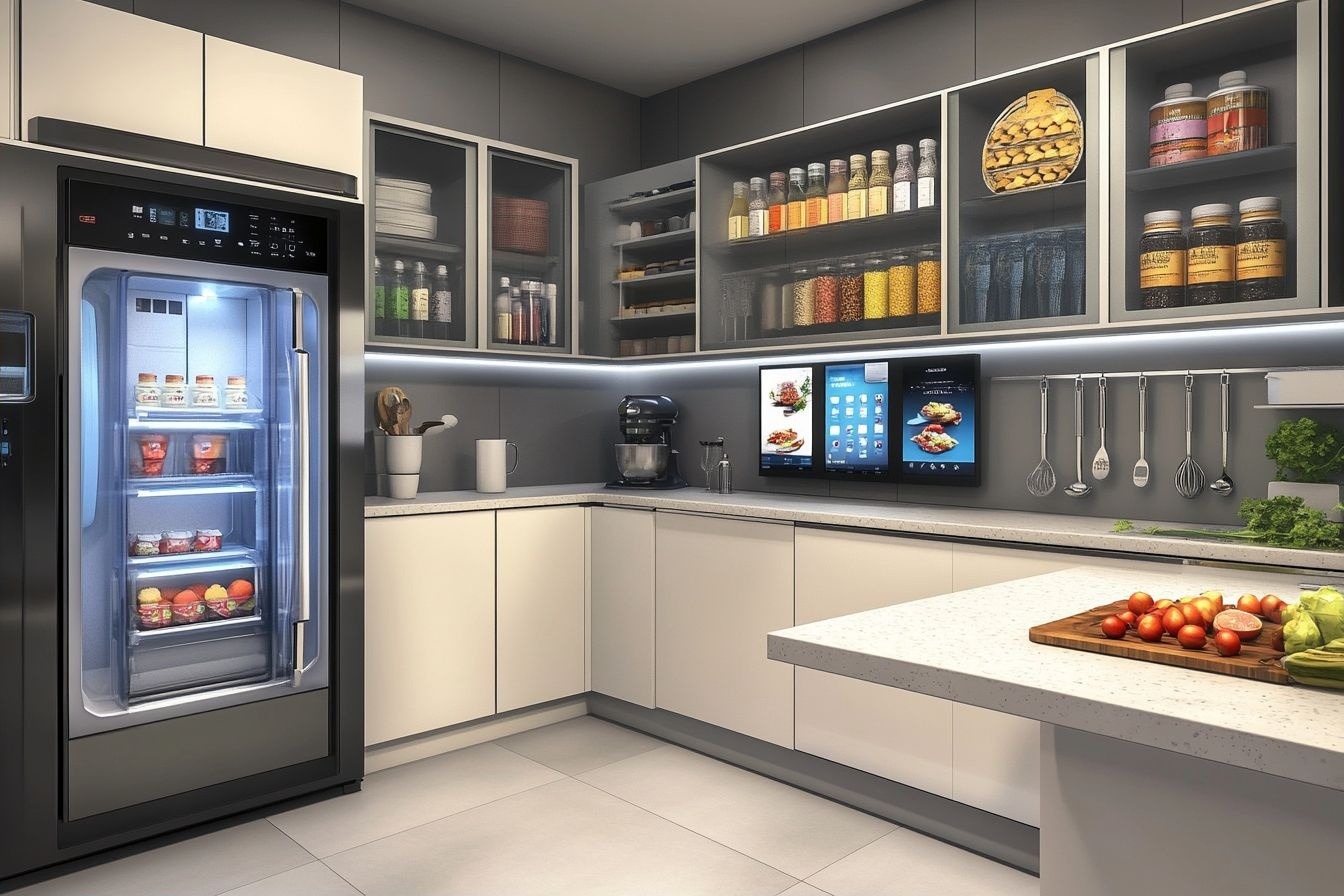Sustainable Materials for Long-Lasting Cookware and Serveware
Choosing durable, sustainable materials for cookware and serveware supports longer product life, safer mealprep, and reduced waste. This article outlines common materials, nonstick options, utensil choices, maintenance tips, and storage considerations to help you select long-lasting kitchen items.

Selecting cookware and serveware made from sustainable, durable materials can reduce replacement frequency and environmental impact while supporting safer mealprep and daily use. This article examines materials and practical considerations for cookware, serveware, utensils, nonstick finishes, maintenance, organization, storage, and appliance compatibility so you can make informed choices for lasting kitchen items.
Sustainable materials for cookware
Long-lasting cookware materials include cast iron, carbon steel, stainless steel, and hard-anodized aluminum. Cast iron and carbon steel are prized for durability and repairability; they can last for decades with proper seasoning and maintenance. Stainless steel resists corrosion, does not react with acidic foods, and is recyclable, making it a common sustainable choice. Hard-anodized aluminum offers improved surface hardness and heat distribution compared with untreated aluminum, but check manufacturer practices for recycled content. When selecting cookware, consider weight, heat responsiveness, and whether the brand uses recycled materials or low-impact manufacturing processes.
What to choose for serveware and tableware?
Serveware and tableware materials affect both aesthetics and longevity. Glass, porcelain, and vitrified ceramic are nonporous, easy to clean, and recyclable in many places if not contaminated by glazes containing heavy metals. Stoneware and tempered glass resist chipping when properly made. Bamboo and responsibly sourced wood are renewable choices for platters and bowls, but require more maintenance and should be kept dry to avoid warping. Avoid single-use melamine for hot-food service, since some plastic products can degrade over time; if using plastics, opt for BPA-free, durable formulations and plan for recycling pathways.
Nonstick options and safety
Nonstick coatings reduce oil use and ease cleaning but vary in longevity and health considerations. PTFE-based nonstick (often known by brand names) performs well when used within manufacturer temperature limits and without metal utensils; its lifespan depends on care and cooking habits. Ceramic-based nonstick coatings offer a PTFE-free alternative with good initial performance but may wear faster under high heat. Seasoned cast iron and carbon steel provide naturally nonstick cooking surfaces that can be renewed through maintenance rather than replaced. When evaluating nonstick products, look for clear manufacturer instructions on safe temperatures, recommended utensils, and end-of-life disposal guidance.
Utensils: metals, wood, and composites
Utensils interact with cookware and affect longevity. Stainless steel utensils are durable and ideal for high-heat tasks and for use with stainless cookware, but they can scratch delicate nonstick surfaces. Silicone utensils offer heat resistance and are gentle on coated pans, though lower-grade silicone may degrade sooner. Wooden and bamboo utensils are renewable and gentle on surfaces; they require drying after washing and occasional oiling to maintain integrity. Consider composites or recycled materials that combine durability with a reduced environmental footprint. For hygiene and longevity, select utensils appropriate to your cookware mix and follow cleaning recommendations to prevent premature wear.
Maintenance, mealprep, and organization
Proper maintenance extends the life of cookware and serveware. Routine cleaning after mealprep prevents residue buildup that can degrade finishes; avoid abrasive cleaners on nonstick and ceramic surfaces. Regularly season cast iron and carbon steel to maintain their protective layer and prevent rust. For organization, store pans with protective liners or hang them to prevent scratches and dents; stack plates and bowls with separators to avoid chipping. Labeling and organizing pantry items and utensils supports efficient mealprep and reduces the temptation to replace tools prematurely. Small habits—like soft dishcloths, avoiding thermal shock for glassware, and using the right-size burner for pans—add up to longer useful life for kitchen items.
Storage and appliances considerations
Storage choices influence durability: cool, dry spaces prevent moisture-related damage to wood and metal, while padded shelving or dividers reduce chipping in tableware. For travel-friendly or compact kitchens, look for stackable or nesting designs that protect surfaces. Appliance materials matter too—slow cookers, toaster ovens, and other appliances with removable stoneware or nonstick inserts benefit from removable, replaceable parts that prolong appliance life. Check whether appliance components are replaceable or recyclable, and choose models built for repairability when possible. Consider how appliances and storage systems fit together to support consistent care and organization.
In summary, prioritizing sustainable materials—such as recyclable stainless steel, repairable cast iron or carbon steel, responsibly sourced wood, and durable glass or ceramic—helps create a kitchen toolkit that lasts. Match utensil choices to cookware finishes, adopt maintenance habits aligned with material needs, and plan storage and appliance selections to protect items over time. Thoughtful selection and care reduce waste and support safer, more predictable performance in everyday cooking and serving.





